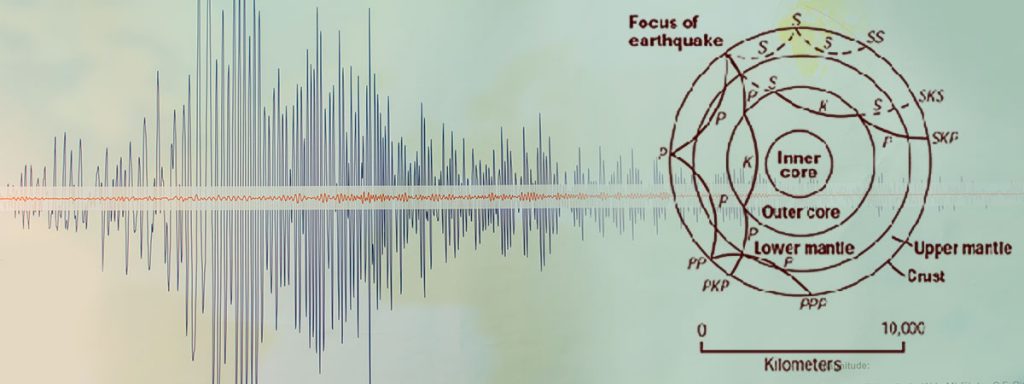
Scientific and historical significance of the Earthquake Station
Anyone who has read the information provided on this website and thereby obtained a first overview of the threat posed to the Wiechert Earthquake Station has probably come to the conclusion that the Earthquake Station is an important scientific institution with a tradition going back 100 years which played a major role in the history of seismology and whose instruments are masterpieces of mechanical craftsmanship. However, it is now at risk of being shut down or even demolished when the Institute of Geophysics will move to a new building this year (2005), because at least the university will then no longer have an interest in its continued existence.
In the resulting debate, which includes wide-ranging and appropriate criticism of such careless treatment of a “cultural heritage”, it should be highlighted that the special significance of this Earthquake Station cannot be overestimated from a scientific and historical point of view:
“The detailed exploration of the physical characteristics of the Earth’s interior with the help of seismic waves on the basis of new technical and mathematical methods started in 1902 with the establishment of the Wiechert Earthquake Station in Göttingen, which marked the beginning of modern seismology”. Some explanations are provided below.
Travel times
Instruments for recording seismic waves already existed in a number of different variants before Wiechert; however, it was not possible to obtain the data from them that is needed to explore the Earth’s interior. This data includes the so-called travel time, i.e. the time it takes for a particular seismic wave to travel from the epicentre to the earthquake station, which has to be measured as accurately as possible. Since there are different types of seismic waves (e.g. compressional and shear waves), which may propagate at different velocities and even in different ways, there is a great number of different travel times, especially in the case of distant earthquakes.
Ingenious: the air damping system developed by Wiechert
However, the arrival times of the waves were not apparent from the seismograms produced by the instruments before Wiechert, because the arrival of the first wave caused the pendulums of these seismographs to oscillate, which was automatically included in the recording, thereby covering up the signatures of the arrival of the next seismic waves. It was only the famous air damping system developed by Wiechert that ensured that the pendulums quickly came to a rest again, making it possible to also determine the arrival times of the next waves. To be able to evaluate comparable recordings at different epicentral distances, a network of stations with seismographs from Göttingen (in particular the astatic horizontal pendulum) was set up, enabling the production of the first reliable travel-time curves.
Velocities of seismic waves
The problem of inferring the physical characteristics of the Earth’s interior from this data belongs to the so-called inverse problems in mathematics. In the present case, this problem was theoretically solved in 1907 by Göttingen-based mathematician Gustav Herglotz and then rendered usable in practical application in 1910 by Emil Wiechert. This is the no less famous “Wiechert-Herglotz method”, which was then successfully used by Wiechert and his team to determine the velocity of the seismic waves as a function of depth. Finally, the determination of the exact position of the boundary between the Earth’s mantle and (outer) core at a depth of 2,900 km by Beno Gutenberg in 1913 deserves mention as one of the outstanding findings made at that time.
As shown by the entries of renowned scientists in the guestbook of this website, there is one fact that is apparently hardly ever noticed on site: What we have here is the – tangible and visible – evidence of a magnificent scientific achievement, which revealed to humankind the interior of the planet on which it lives using the methods of modern seismology.


